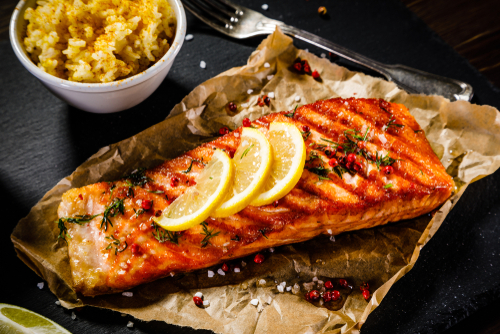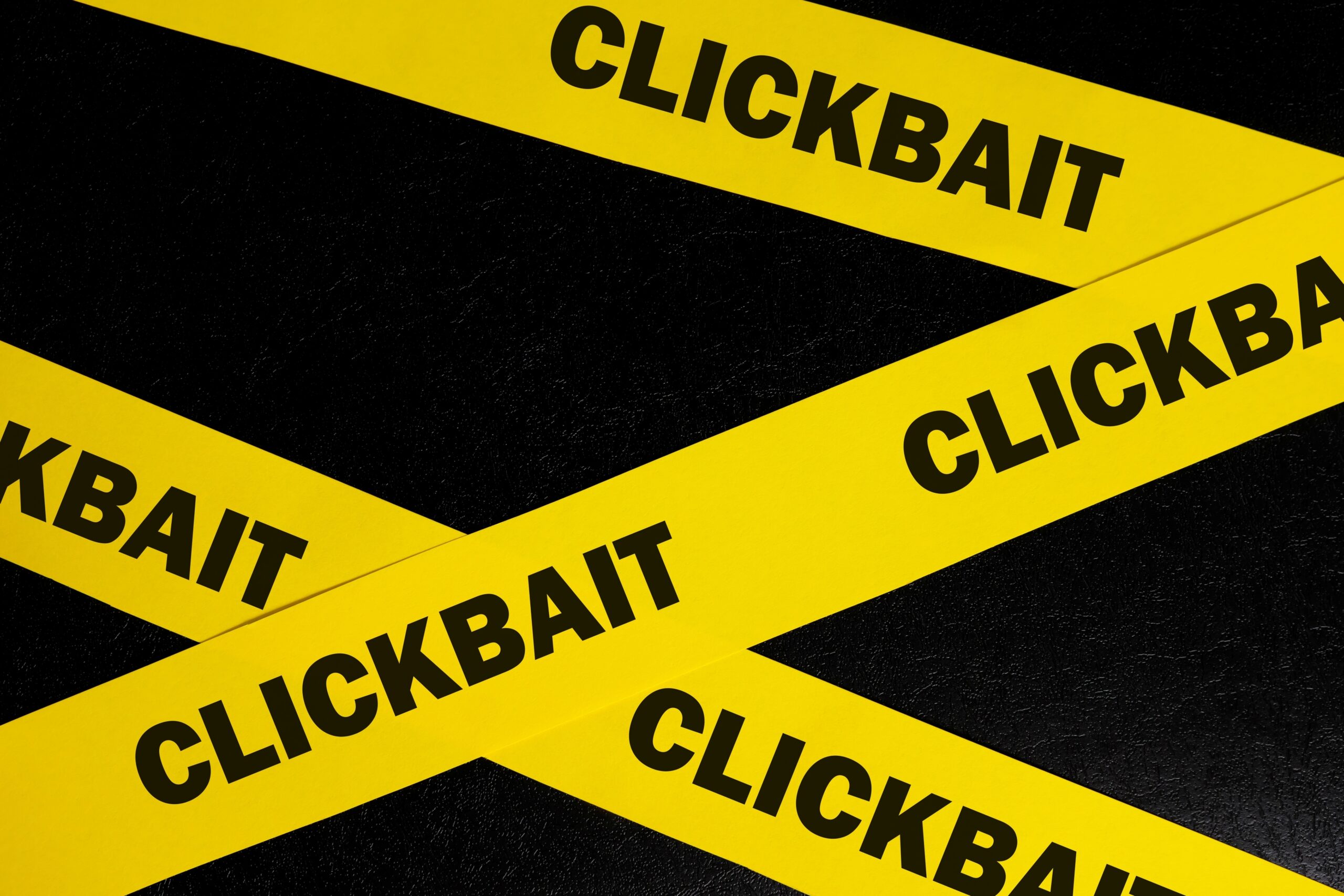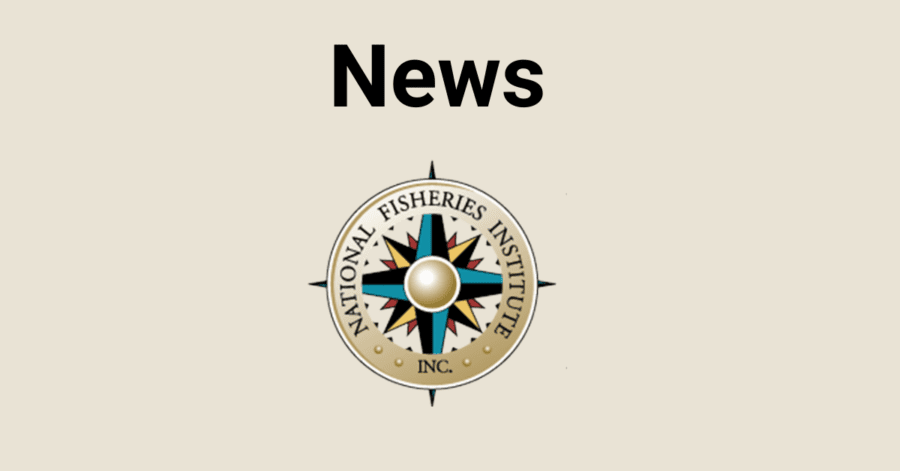Salmon Nutrition: Everything You Need to Know About Salmon
Known for its pink color, health benefits and versatility, salmon has been at the center of the seafood world for years. From commonly eaten species and salmon nutrition information to the farmed vs. wild debate, find everything you need to know about salmon here.
Types of Salmon
Salmon is primarily classified in one of two main categories: Pacific and Atlantic. The Atlantic salmon found in supermarkets and restaurants is farmed; its wild counterpart is protected under the Endangered Species Act, so commercial fishing of Atlantic salmon is prohibited in the United States. Meanwhile, species within the Pacific salmon category are by and large wild-caught from the west coast of the U.S., primarily from Alaska. Within the Pacific salmon category, the most commonly eaten species for salmon nutrition are Chinook, Pink, Chum, Coho and Sockeye.
- Atlantic: Atlantic salmon is farm-raised all over the world. Like wild-caught salmon, their flesh is reddish-orange or pink. Atlantic salmon have a high oil content and firm, fatty texture. Historically, Atlantic salmon are spawned and raised in on-land hatcheries until they are large enough for transfer to net-pens in coastal waters. More recently, however, companies have developed land-based farming operations from spawning through harvest.
- Chinook: Chinook salmon, commonly referred to as King salmon, is the largest of the species wild-caught in the Pacific, weighing twenty pounds on average. Chinook have a bold flavor, high fat content and a buttery, flaky texture. Their meat is red.
- Sockeye: Sockeye salmon is known for its rich flavor and has the reddest flesh of the wild salmon species. Almost all the sockeye salmon commercially harvested in the United States comes from Alaska fisheries. Sockeye is firm and fatty.
- Pink: Pink salmon is the smallest but most abundant species wild-caught in Alaska, and to a smaller extent Washington and Oregon. Pink salmon typically weighs between two and three pounds. It has a lower oil content, which makes it a leaner and mild-flavored fish with soft, pale pink meat.
- Chum: There are hundreds of stocks of Chum salmon in Alaska and several other Pacific stocks. Chum salmon, also called Keta, have a firm and meaty texture, making them ideal for smoking or grilling. Chum salmon has lower oil content, which gives it a mild flavor.
- Coho: Coho salmon is known for its orange flesh and is the second largest of the wild Alaska salmon species. Coho salmon has a high oil content and becomes firm and flaky when cooked.
Salmon Nutrition
Salmon is one of the most nutrient-packed foods you can eat. A three-ounce serving is rich in protein, vitamin B12, selenium and healthy omega-3 fatty acids. Omega-3s are essential to eye, brain, and heart health. Omega-3s, specifically eicosapentaenoic acid (EPA) and docosahexaenoic acid (DHA) found in salmon, are crucial for brain growth and development in infants and are very beneficial when eaten during pregnancy.
Omega-3s cannot be made by the body, so they must be consumed from food, like salmon. The American Heart Association recommends eating fish at least two times per week, specifically highlighting, “fatty fish like salmon.” On top of beneficial nutrients and protein, salmon is also low in saturated fat and sodium.
Eating seafood, like salmon, helps to reduce the risk of heart disease, optimizes brain health, and promotes a healthy weight. The U.S. government’s Dietary Guidelines for Americans recommends eating two to three servings of a variety of fish a week, including salmon.
Farmed Salmon vs. Wild Salmon
Farmed-raised and wild-caught seafood work together to provide a sustainable global seafood supply. Currently, 67% of salmon eaten in the United States is farmed and 33 percent is wild-caught. Both are excellent choices for a healthy, sustainable meal.
Modern-day aquaculture was revolutionized by a growing world population and demand for seafood coupled with the fact that wild fisheries are effectively and sustainably fished to their maximum sustainable yield. Pacific salmon caught in the U.S. is considered one of the best-managed fisheries in the world. Wild-caught salmon is iconic, delicious, healthy and sustainable. Farm-raised salmon is also regulated and monitored to ensure farming practices have a minimal impact on the environment and ecosystem. Farm-raised salmon is widely available, delicious, healthy and sustainable.
The U.S. government’s committee for the 2015-2020 Dietary Guidelines for Americans thoroughly explored the health and safety of both wild-caught and farm-raised fish. The committee, comprised of 14 credentialed doctors and registered dietitians, concluded that, “based on risk/benefit comparisons, either farmed or wild-caught seafood are appropriate choices to consume to meet current Dietary Guidelines for Americans for increased seafood consumption.”
When it comes to choosing wild-caught salmon or farm-raised salmon, it’s not an either, or scenario. Both types of salmon are a smart choice and the decision ultimately depends on an individual’s flavor preference, price, and availability.
Salmon Color and Farmed Salmon
Wild salmon’s diet consists of shrimp and other sea creatures that contain carotenoids which give the fish its signature color. Farmed salmon gets its color the same way that wild-caught salmon does: from food.
CNN’s Chief Medical Correspondent, Dr. Sanjay Gupta, devoted an extraordinary amount of time and research into an expose for 60 Minutes about farmed salmon where he explained that the “dyed” salmon narrative was simply a myth that needed rebutting: “It’s not accurate to call these artificial dyes. I think people conjure up this image of the farm salmon being injected with something that causes it to turn that pink color. That’s not what’s happening here. It’s a much more natural occurring process where the farmed salmon eat a type of food that causes a reaction in the body, just like the wild salmon does, and that causes that more pinkish color.”
The Skinny on Salmon
Salmon is widely considered a “superfood” and is a smart choice whether salmon is farmed or wild-caught, it’s a simple choice, an easy and delicious way to get valuable nutrients. With the help of sustainable fishing practices and aquaculture, this versatile species can continue to flourish and arrive on tables and in markets all around the world so that all can benefit from salmon nutrition. For salmon recipes, visit Dish on Fish.


